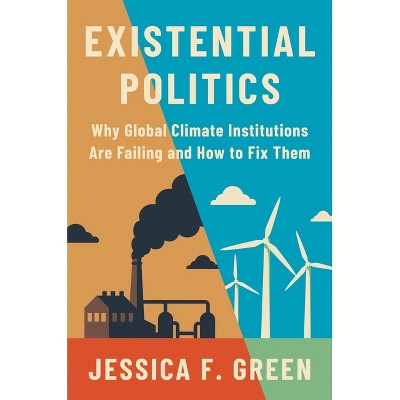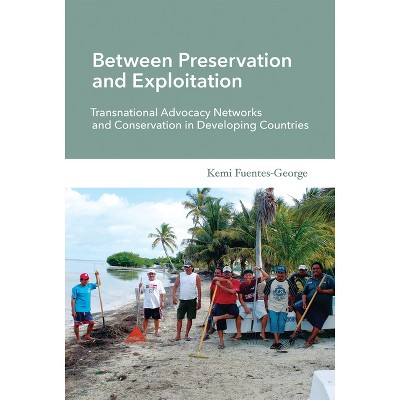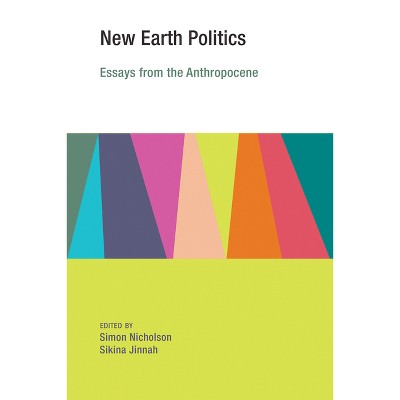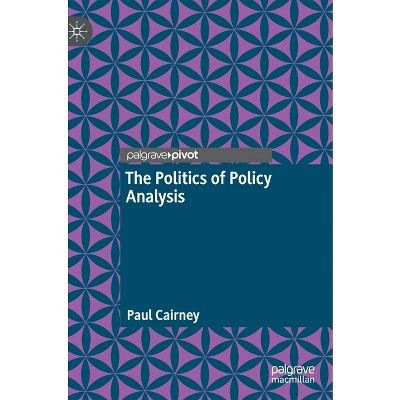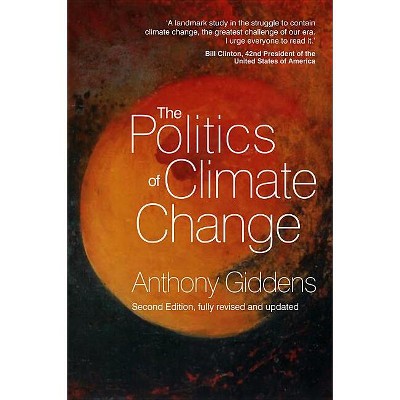Sponsored

When Science and Politics Collide - by Robert Schneider (Hardcover)
In Stock
Sponsored
About this item
Highlights
- This book explains why science and politics collide, why this is an especially critical problem at this precise time in U.S. history, and what should be done to ensure that science and politics coincide.
- About the Author: Robert O. Schneider, PhD (political science), is professor of public administration at the University of North Carolina at Pembroke.
- 240 Pages
- Political Science, Public Policy
Description
About the Book
This book explains why science and politics collide, why this is an especially critical problem at this precise time in U.S. history, and what should be done to ensure that science and politics coincide.
The United States is waging a political war against science, and the stakes are increasing. When it comes to areas in which science and politics must interact, such as genetics, climate, and energy, there are always political interests pushing to spin the relevant science, but this becomes problematic when Americans abandon rationality for ideology or misinformation manufactured to confuse and persuade them.
In a series of five contemporary examples, When Science and Politics Collide: The Public Interest at Risk makes the case that none of the ways in which science and politics currently communicate serve the public interest and that some of them actually result in great harm. It explains that whether disagreements are about climate change, vaccines, pandemics, or fracking, experimentally proven and reproducible data and evidence can save lives--and poor, politically motivated policies can doom them. The book concludes with recommendations for creating a more perfect union between scientific facts and political agendas.
- Shows the contentious science/policy relationship through examples of current controversies
- Argues that America's historic commitment to scientific progress, human rights, and democracy is at risk
- Emphasizes the importance of science to intelligent public policymaking
- Offers suggestions for how to improve the communication between science and politics
Book Synopsis
This book explains why science and politics collide, why this is an especially critical problem at this precise time in U.S. history, and what should be done to ensure that science and politics coincide.
The United States is waging a political war against science, and the stakes are increasing. When it comes to areas in which science and politics must interact, such as genetics, climate, and energy, political interests are always pushing to spin the relevant science, but this becomes problematic when Americans abandon rationality for ideology or misinformation manufactured to confuse and persuade them. In a series of five contemporary examples, When Science and Politics Collide: The Public Interest at Risk makes the case that none of the ways in which science and politics currently communicate serve the public interest and that some of them actually result in great harm. It explains that, whether about climate change, vaccines, pandemics, or fracking, experimentally proven and reproducible data and evidence can save lives-and poor, politically motivated policies can doom them. The book concludes with recommendations for creating a more perfect union between scientific facts and political agendas.Review Quotes
"In the U.S. as elsewhere, science and politics have had a long history of complicated interactions, but tensions between the two have increased in recent years. Schneider combines a history of this nuanced relationship with a thorough discussion of contemporary issues. . . . Summing Up: Highly recommended. All readers." --Choice
"2018 Top Community College Resource" --ChoiceAbout the Author
Robert O. Schneider, PhD (political science), is professor of public administration at the University of North Carolina at Pembroke. He is author of Managing the Climate Crisis: Assessing our Risks, Options, and Prospects.






